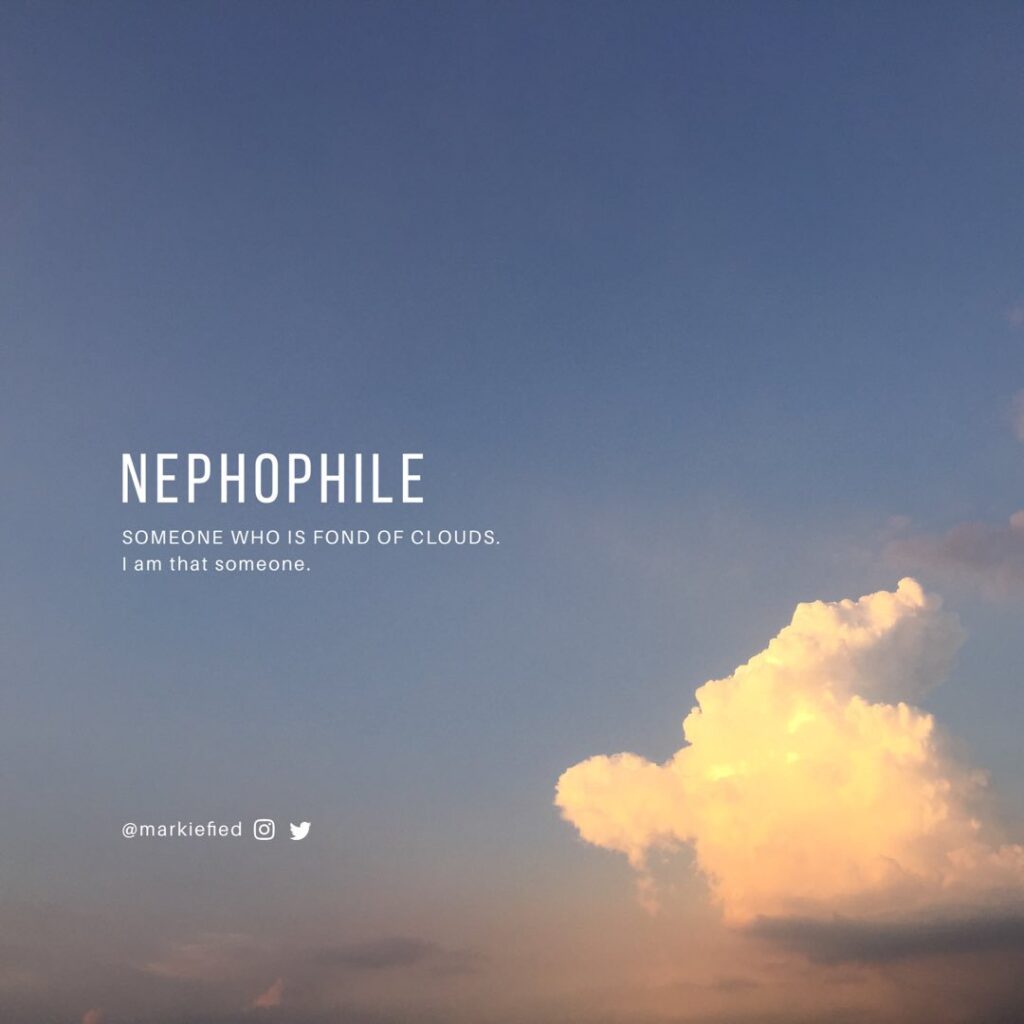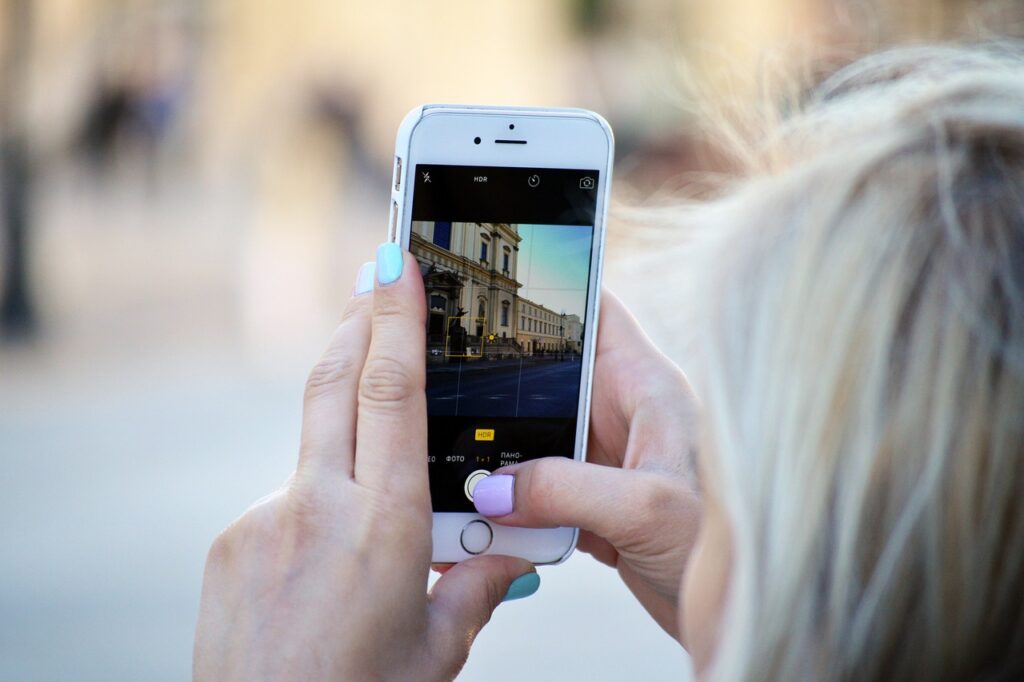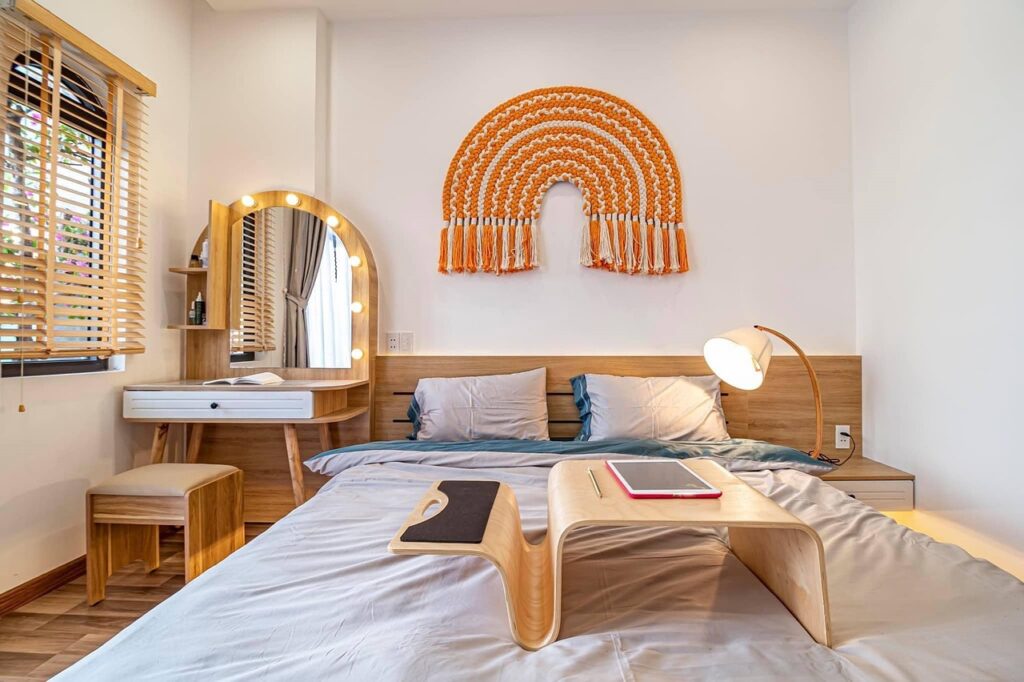From the intense summer sun to the invigorating cool winters, the land of Egypt experiences different seasons that seem to suggest the kind of drink to enjoy each time.
Egypt, which celebrates different festivals and carnivals, ensures that there are a wide variety of cuisines for everyone to enjoy. Several Egypt beverages are present on these occasions to suit different taste buds.
These beverages are tasty, nourishing, and offer several health benefits to the body. In case you’ve been wondering what kind of beverages they consume in Egypt, you’ll find them in this piece.
Egypt Beverages
1. Karkade (Hibiscus Tea)

If you’re dealing with the heat of summer, Karkade is the first drink you should try. Karkade is a cup of hibiscus tea or juice that can be enjoyed hot or with ice to satisfy your thirst.
You’ll only need dried hibiscus petals, water, and sugar or honey. The name “Karkade” relates to the hibiscus plant, which grows in Egypt’s sandy soil and dry climate.
The majority of the hibiscus blooms are picked on oases around the Nile Valley and Delta. In ancient times, hibiscus plants were employed for medical remedies, and Karkade tea was considered a Pharaoh’s beverage.
Nowadays, it is easy to find drinks at Egyptian celebrations such as weddings. Karkade is high in vitamin C, which helps to manage cholesterol and blood sugar.
However, if you use estrogen-based birth control, you should avoid drinking Karkade regularly.
2. Yansoon (Anniseed Drink)
Yansoon is a great drink to consume if you have a cold or a sore throat because aniseed is considered to provide many health advantages.
When discussing the drink’s origins, it’s necessary to emphasize that Egypt was the first area where anise was harvested.
The ancient Egyptians recognized that anise helped heal inflammation and convulsions, so they recorded this information on papyrus, an ancient Egyptian paper. Yansoon can refer to either the drink’s name or the anise plant.
A Yansoon drink is simple to create at home; simply prepare the drink as you would a cup of tea. It’s better to use a tea strainer or cheesecloth. It is recommended that you consume Yansoon after lunch or dinner.
The drink is beneficial to your digestion because it can help avoid bloating, gas, and constipation. Yansoon can also relieve nausea and menstrual cramps.
3. Aseer asab (sugarcane juice)

This is possibly the only cocktail whose true version cannot be made at home. The reason for this is that extracting juice from sugarcane requires a specially designed machine.
You may still enjoy this cocktail at home if you use sugarcane syrup as an alternative ingredient. When you visit Egypt, you will see sugarcane juice shops on the streets where the sellers operate the machines and create the drink right in front of you.
Egyptians occasionally add lemon juice to the drink to make it more appealing. Their weather and soil provide a great setting for sugarcane to develop, so it’s not a surprise that sugarcane juice is a staple there.
Egyptians also enjoy the drink because it helps prevent cancer, dehydration, and kidney illness.
4. Halabessa (chickpea soup)
Halabessa, Hummus Sham, Halabisa, or Hummus Al-Sham is a type of soup. Chickpeas, which are high in protein and inexpensive, play a key role in Egyptian cuisine.
Halabessa, or chickpea soup, is a popular drink throughout the winter since it warms the body. Furthermore, Halabessa is frequently eaten after a lengthy period of fasting because it is digestible and healthy.
However, because the drink contains some Egyptian spices such as cumin and black pepper, it may be too spicy for you.
5. Qamar Al-Din (apricot juice)

Qamar Al-Din is possibly Egypt’s most famous juice. The drink is relatively simple to create and has a distinct tartness that complements any meal of the day. Traditionally, people enjoy Qamar Al-Din throughout the month of Ramadan.
Interestingly, two ideas explain the juice’s name. “Qamar Al-Din” can be translated as “Moon of Religion,” possibly referring to the holy month of Ramadan. Some people, however, believe that the drink is named after its inventor.
If you want to increase your energy but are tired of energy drinks, you should try Qamar Al-Din. After boiling the paste and sugar in water, strain the tea through a sieve. Finally, add the rosewater.
6. Ahwa (coffee)

According to common perception, Ahwa or Egyptian coffee might be classified as Turkish coffee. If you’ve never tried this traditional Turkish drink, you should.
Sugar, ground coffee and a specific piece of equipment known as a “cezve” are required to create this drink perfectly.
To brew the coffee in an authentic Egyptian manner, use sand as an insulator in addition to the “cezve”. Interestingly, while “Ahwa” is what Egyptians call coffee, it also refers to cafes.
Historically, Yemenis brought coffee to Egypt around the 16th century AD. Originally, Yemenis saw coffee as a unique drink reserved for extensive religious rites.
7. Badawi Shai, or Egyptian Bedouin Tea
Badawi Shai is a black tea that originated in Egypt’s Bedouin communities. Bedouin are desert-dwelling tribes who must stay hydrated and maintain a low body temperature.
As a result, Badawi Shai is the ideal Middle Eastern recipe in this regard. Egyptians typically prefer black tea leaves to tea bags because the tea is simply of higher quality.
Even while the simple Badawi Shai is delicious on its own, you can add sugar or spices like cardamom or cinnamon for improved flavor.
If you have the opportunity to visit Bedouin communities, you won’t be surprised to learn that they have a unique way of producing this tea by firing up a tiny teapot. Fire plays an essential role in improving the quality of this tea.
8. Sahlab (Milk Pudding)
Sahlab is a really simple winter recipe. It’s hot and creamy because maize flour is added to boiling water. You can adjust the amount of sugar to your taste. However, if you don’t want an overly sweet drink, rose water comes to the rescue.
Egyptians use a powder, also known as “Sahlab” instead of cornflour in the original version, and the Sahlab powder is derived from orchid tubers. If you wish to add more flavor to the drink, use cinnamon powder, nutmeg, or cloves.
Sahlab started in Roman times and was popular throughout the Ottoman Empire. While Sahlab can be enjoyed as a refreshing drink, it is best served as a warm dessert after meals. Chopped pistachios and walnuts are commonly used as toppings.
9. Helba (Egyptian Yellow Tea)
The most noticeable aspect of Helba is that, although being a tea, it is made with Fenugreek seeds rather than leaves.
Fenugreek is a unique herb that is comparable to clover. Its yellow seeds are said to provide numerous health advantages.
While Helba is the name given to the drink in Egypt, it is also known as blue clover, hilba, or camel hay in other countries.
To make the drink, brew the seeds in the same way you would brew leaves in other teas to make it more nutritious.
Egyptians have been aware of the benefits of Helba since ancient times. Nowadays, Arabian medics heal wounds directly with the seeds.
10. Erk Sous (licorice drink)

Erk Sous is a popular licorice drink that is also included on the Ramadan drinks list. Licorice is a flowering plant grown in Upper Egypt. It has a fragrant scent, a sweetly sweet flavor, and numerous health benefits.
Licorice has over 300 chemical components that can help prevent infection, cure stomach ulcers and manage body obesity.
To make this drink, boil all of the ingredients in water and you may add sugar or sugarcane juice.
Interestingly, licorice drink has been around for almost 3000 years. Licorice roots were discovered in King Tut’s tomb.
11. Khoshaf (Egyptian Compote)
Khoshaf is a compote drink. Egyptians rarely cook, instead mixing all dry items with syrup or sugar water. It is believed to have been around since the Fatimid period.
At the time, Egyptians began to consume dried fruits and nuts. They realized that the high sugar content could improve the post-fasting meal.
Khoshaf has grown in popularity since then, and it is now one of the most commonly consumed beverages during Ramadan.
12. Sobia (coconut milkshake)
The Sobia coconut milkshake is a popular drink during Ramadan in Egypt. While the recipes for Sobia vary significantly by country, Egyptians typically include dairy products, rice, and coconut powder.
Are you wondering why Sobia is an alcoholic beverage while its ingredients are not? This is due to the drink’s natural fermentation. As a result, the alcohol content is low, so children can enjoy this delicious drink without concern.
FAQs
What beverages do Egyptians drink?
There are many beverages that the Egyptians enjoy in various seasons. It includes the Khoshaf, Karkade, Yansoon, Sahlab, Halabessa, and the rest of them.
Do hotels in Egypt sell alcohol?
Yes, alcohol is available in Egypt. The majority of Egyptians do not consume alcohol, although some do. In other words, drinking alcohol is not prohibited in Egypt. The majority of hotels, restaurants, and bars in tourist regions sell and offer alcoholic beverages.
Conclusion
Here are some of the common drinks enjoyed in Egypt. You can also make these Egyptian beverages at home and enjoy them with your friends and loved ones.




